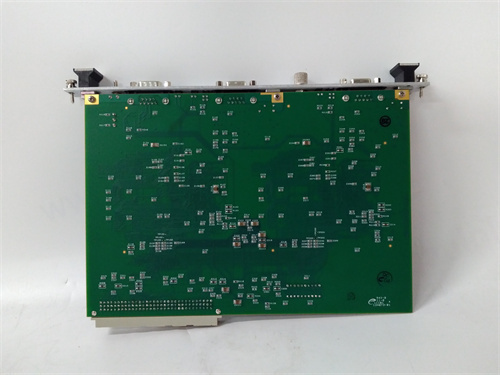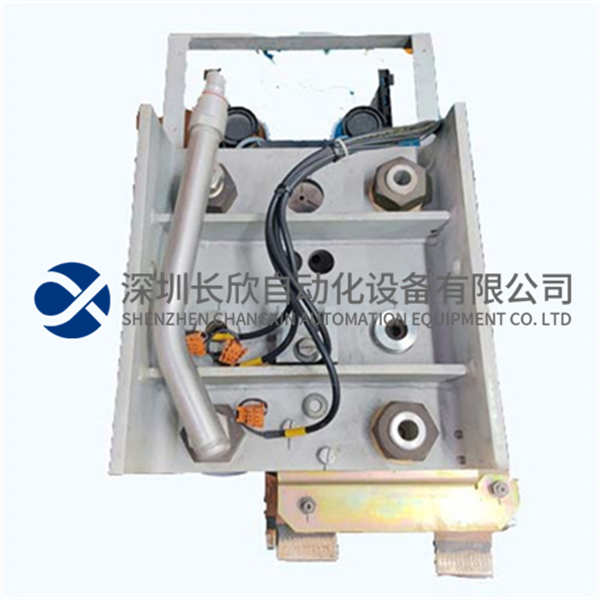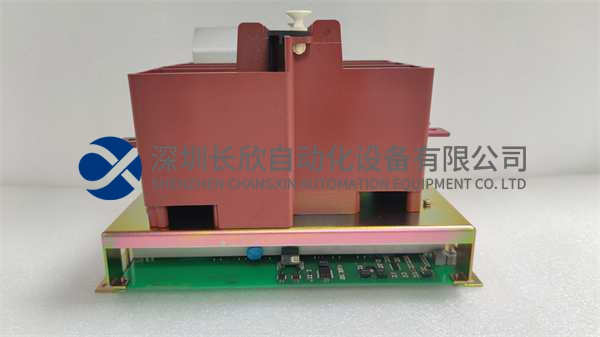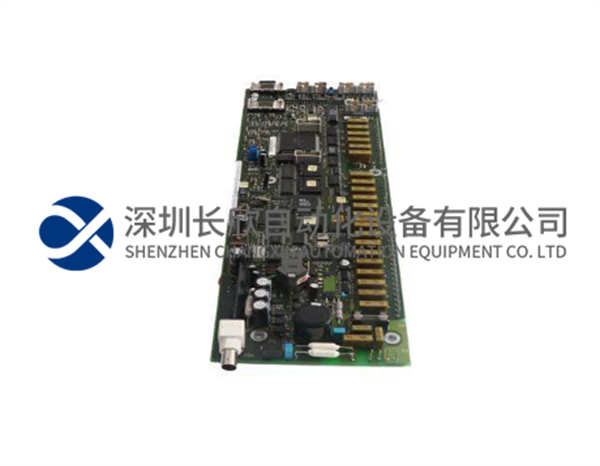描述
GE VMIACC-5595是一款高性能反射内存集线器组件,专为实时通信和工业自动化设计,适用于需要高可靠性和低延迟的场景。以下是其核心功能与技术特性的综合概述:
一、核心功能与架构
端口与连接能力
-支持8个SFP(小型可插拔)光纤端口,可灵活配置多模(短距离,300米)或单模(长距离,10/80公里)收发器,满足不同传输需求。
-级联扩展:最多可级联256个节点,构建大型托管集线器阵列,适用于复杂工业网络。
自动旁路与容错
-检测到信号丢失或同步模式故障时,自动绕过故障端口,确保其他节点正常运行,提升系统稳定性。
-支持手动强制端口状态(激活/旁路),并可通过控制寄存器配置旁路条件。
信号再生与优化
-每个端口再生串行光信号,消除插入损耗和电缆衰减,同时减少抖动,保障数据传输质量。
-传输速率高达2 Gb/s,满足高速实时通信需求。
二、监控与管理
本地与远程控制
-RS232端口:通过PC串行端口实现本地监控与配置。
-以太网端口:支持远程访问(如LAN或Web浏览器),方便集中管理大规模网络。
-LED指示灯:每个端口旁配备三个LED,显示信号状态、同步模式及运行速度。
状态与诊断
-实时反馈收发器安装状态、信号检测、同步模式有效性等信息。
-支持通过串口或以太网查询详细状态寄存器,辅助故障排查。
三、部署与兼容性
安装灵活性
-可选19英寸1U机架式或台式机箱,适应不同环境需求。
-通用电源:支持国际电源标准(110V-380V),适配全球工业场景。
系统集成
-与GE Fanuc/VMIC 5565系列反射内存卡兼容,构建环形或星型拓扑网络。
-支持反射内存网络的双端内存模式,实现数据透明传输,无需额外软件开发。
四、技术优势
高可靠性:通过自动旁路和信号再生技术,降低单点故障影响。
扩展性:模块化设计便于网络规模动态调整,节省小型网络成本。
抗干扰能力:光纤传输技术减少电磁干扰,适合工业环境。
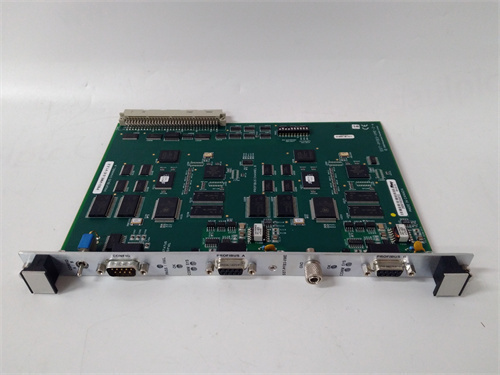
GE VMIACC-5595 is a high-performance reflective memory hub component designed for real-time communications and industrial automation,suitable for scenarios requiring high reliability and low latency.The following is a comprehensive overview of its core functions and technical features:
I.Core Functions and Architecture
Ports and Connectivity
-Supports 8 SFP(Small Form Factor Pluggable)fiber ports,which can be flexibly configured with multi-mode(short distance,300 meters)or single-mode(long distance,10/80 kilometers)transceivers to meet different transmission needs.
-Cascade expansion:Up to 256 nodes can be cascaded to build a large managed hub array,suitable for complex industrial networks.
Automatic bypass and fault tolerance
-When signal loss or synchronization mode failure is detected,the faulty port is automatically bypassed to ensure the normal operation of other nodes and improve system stability.
-Supports manual forced port status(activation/bypass),and bypass conditions can be configured through control registers.
Signal regeneration and optimization
-Each port regenerates serial optical signals to eliminate insertion loss and cable attenuation,while reducing jitter to ensure data transmission quality.
-Transmission rate up to 2 Gb/s,meeting the needs of high-speed real-time communication.
2.Monitoring and Management
Local and Remote Control
-RS232 port:local monitoring and configuration through PC serial port.
-Ethernet port:supports remote access(such as LAN or Web browser)to facilitate centralized management of large-scale networks.
-LED indicator:three LEDs are equipped next to each port to display signal status,synchronization mode and operating speed.
Status and Diagnosis
-Real-time feedback of transceiver installation status,signal detection,synchronization mode validity and other information.
-Support query of detailed status registers through serial port or Ethernet to assist in troubleshooting.
3.Deployment and Compatibility
Installation Flexibility
-Optional 19-inch 1U rack-mount or desktop chassis to adapt to different environmental requirements.
-Universal power supply:supports international power supply standards(110V-380V)and is suitable for global industrial scenarios.
System Integration
-Compatible with GE Fanuc/VMIC 5565 series reflective memory cards to build ring or star topology networks.
-Supports the dual-end memory mode of reflective memory network,realizing transparent data transmission without additional software development.
IV.Technical advantages
High reliability:Reduce the impact of single point failure through automatic bypass and signal regeneration technology.
Scalability:Modular design facilitates dynamic adjustment of network scale and saves costs for small networks.
Anti-interference ability:Fiber optic transmission technology reduces electromagnetic interference and is suitable for industrial environments.

